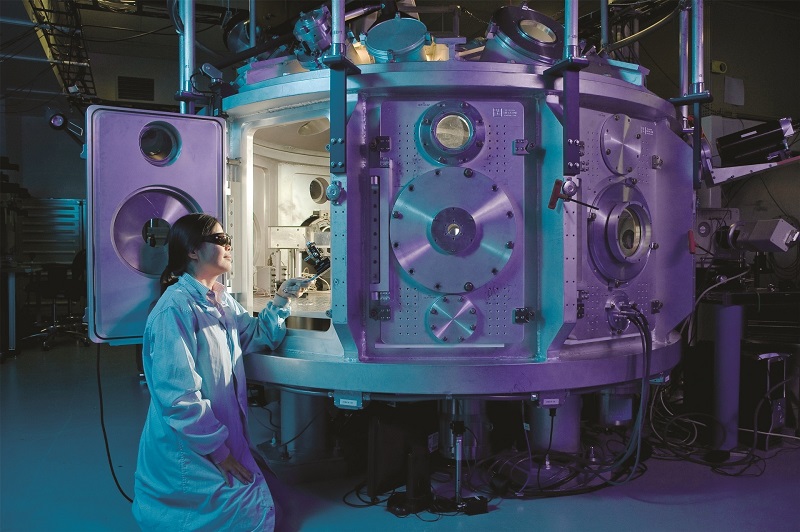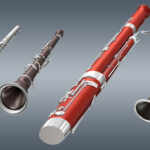To the average person, the idea of a laboratory often conjures up thoughts of mad scientists. You might imagine colorful bubbling liquids, long tubes, and strange pieces of equipment.
Real science labs don’t look much like the ones in the movies, but they’re still fascinating places. Each of the types of laboratories serves a specialized purpose, allowing the scientists who work there to uncover life’s mysteries.
Want to learn more about the different types of labs? Read on, and we’ll take a peek at some of them.
Table of Contents
Research and Development Labs
Research and development (R&D) labs are the main types of science laboratories you’ll find in universities, but you can also find them in industrial and manufacturing facilities. They’re often full of equipment like you can find on this website.
R&D labs can house any branch of science, but they often have a biochemical focus of some sort. They may work with biological cultures, animal behavior, or chemicals. These labs are usually run by a principal investigator (PI) who sets the direction for all projects run by their research associates.
Medical and Clinical Laboratories
You can find medical and clinical laboratories in hospitals, research centers, and private facilities. These types of labs process patient samples like tissue and blood.
Medical laboratory types may be further divided up by specialty. These include:
- Pathology: the study of disease
- Histology: the study of tissue
- Virology: the study of viruses
- Bacteriology: the study of bacteria
- Serology: the study of blood and bodily fluids
- Molecular biology: the study of proteins and molecules
No matter the specialty, their largest purpose is diagnostics—identifying the presence of a specific disease or condition.
Forensic Laboratories
Forensic labs are the ones you see on shows like CSI and NCIS, though their real-life operations look a lot different than on TV. They process unknown substances from crime scenes, post-mortem samples, and work with police and detective agencies to identify crime perpetrators and causes of death. This specialized analysis can take anywhere from days to months.
Biosafety Laboratories
If you’ve seen movies like Contagion, you’re familiar with the sight of researchers in HazMat suits gingerly carrying samples of dangerous pathogens. The labs they work in are high-level biosafety laboratories (BSLs). These labs are designed to contain harmful substances without contaminating researchers or the environment around them.
BSLs are organized into levels by how many safety precautions you have to take when entering them.
The lowest level, BSL-1, only requires basic safety measures and lets scientists work with mild pathogens like E-coli. SARS-CoV-2, the novel coronavirus, is handled in BSL-3 labs. The highest level, BSL-4, is reserved for “Contagion” scenarios like Ebola.
Each of These Types of Laboratories Serves a Specific Purpose
There are countless types of laboratories in the world, and these four only scratch the surface. Even though they look different, though, they’re all working toward a common goal: advancing our understanding of life on planet Earth.
For more behind-the-scenes insight into science and tech, check out the other articles on our site.











